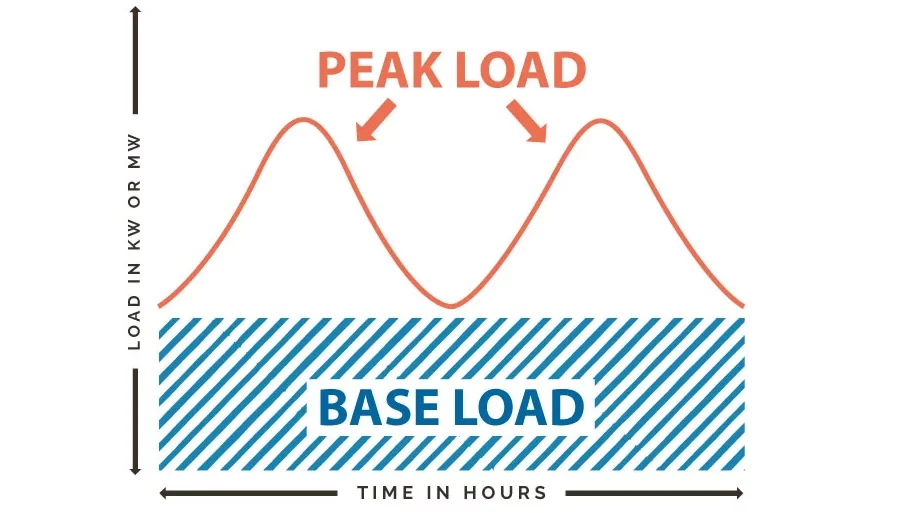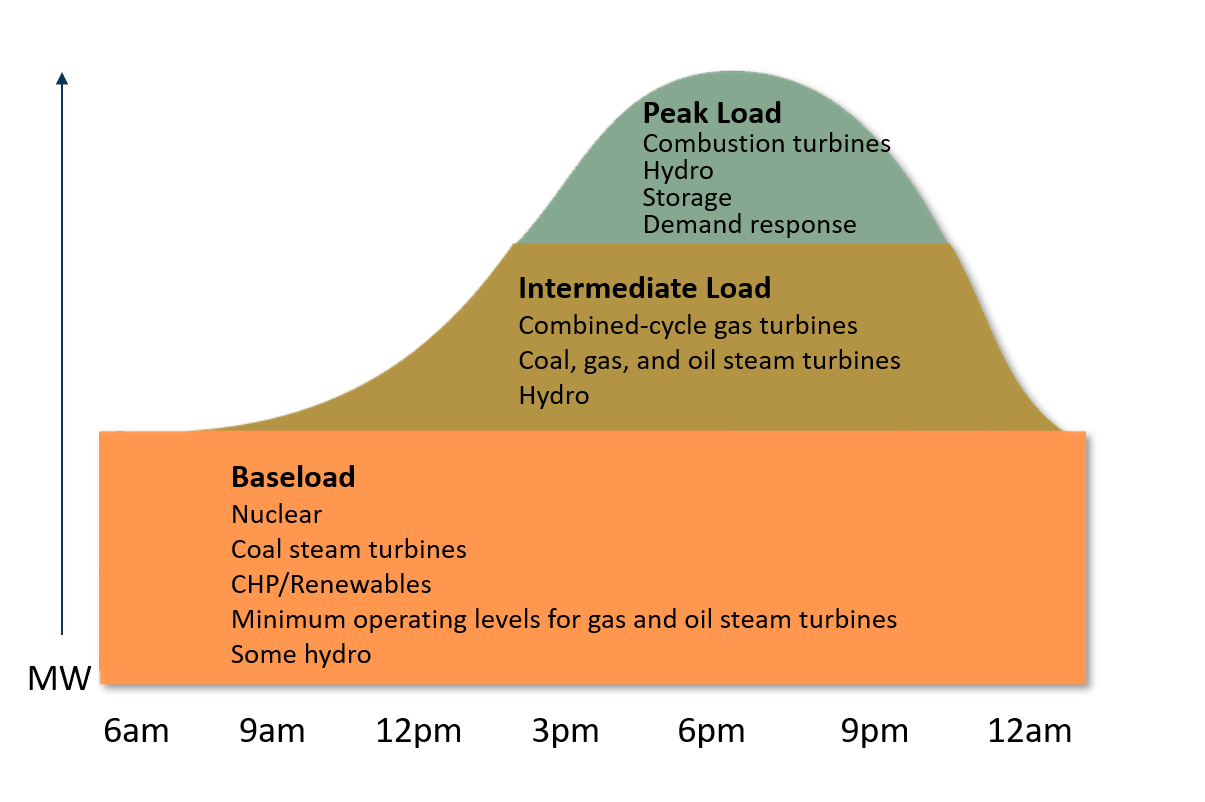What is Baseload?
Base load refers to the minimum amount of electricity demand required to meet the continuous everyday operation needs of a home or business. This includes essential appliances and systems that are always in use, such as refrigerators, air conditioning units, and lighting. Base load is relatively stable and predictable, making it easier to plan and manage power generation and distribution. This is typically met by base-load power plants that operate continuously, such as coal, nuclear, or hydroelectric power plants.
The world of power generation and consumption is complex, with various terms and concepts that can be confusing. Two crucial concepts in this field are base load and peak load. Understanding the difference between these two terms is essential for both power generators and consumers. In this blog post, we will delve into the definitions, examples, and implications of base load and peak load, helping you navigate the intricacies of power generation and consumption.
Key Takeaways
- Base-load refers to the constant power demand from consumers, such as refrigerators and standby devices.
- Peak-load occurs when demand exceeds the base load, typically during morning and evening hours.
- Base-load power plants operate almost 24 hours a day, often using coal, nuclear, or hydroelectric power.
What is Peak Load?
Peak load, on the other hand, refers to the maximum amount of power required at specific times of the day or year. This can be driven by factors such as extreme weather conditions, increased business activity, or the simultaneous use of high-powered appliances or when everyone is at home cooking. Peak load can be significantly higher than base load and can put a strain on the electrical grid.


Impact of Renewables
The rise of renewable energy sources like solar and wind power has significantly changed the traditional power generation landscape. Renewables are now often cheaper than fossil fuels and have become the new baseload. This shift has led to a decrease in the capacity factors of traditional power plants, making them less efficient and more expensive. Renewables are intermittent sources of power and this can be managed through interconnection with other grids, demands side management, dispatchable supply, and energy storage. Although these renewable sources can be integrated with batteries, it is difficult to apply them as constant baseload. Despite this, the intermittence of renewable energies has made it difficult to provide steady, uninterrupted power that defines baseload generation.
Managing Variability
Managing the variability of renewable energy sources is crucial to ensure a stable power supply. This can be achieved through interconnection with other grids, demand side management, dispatchable supply, and energy storage. Energy storage technologies, such as batteries, are growing rapidly and can store energy overnight, providing a reliable backup during periods of low renewable energy generation.
Conclusion
Understanding base demand and peak demand is essential for both power generators and consumers. By knowing the difference between these two terms, you can make informed decisions about the right power generator for your needs and ensure that your home or business has the reliable, consistent power it requires. Whether you are facing a temporary outage or need to support your everyday electricity demands, knowing the difference between base demand and peak demand will help you navigate the complexities of power generation and consumption.

Leave a Reply